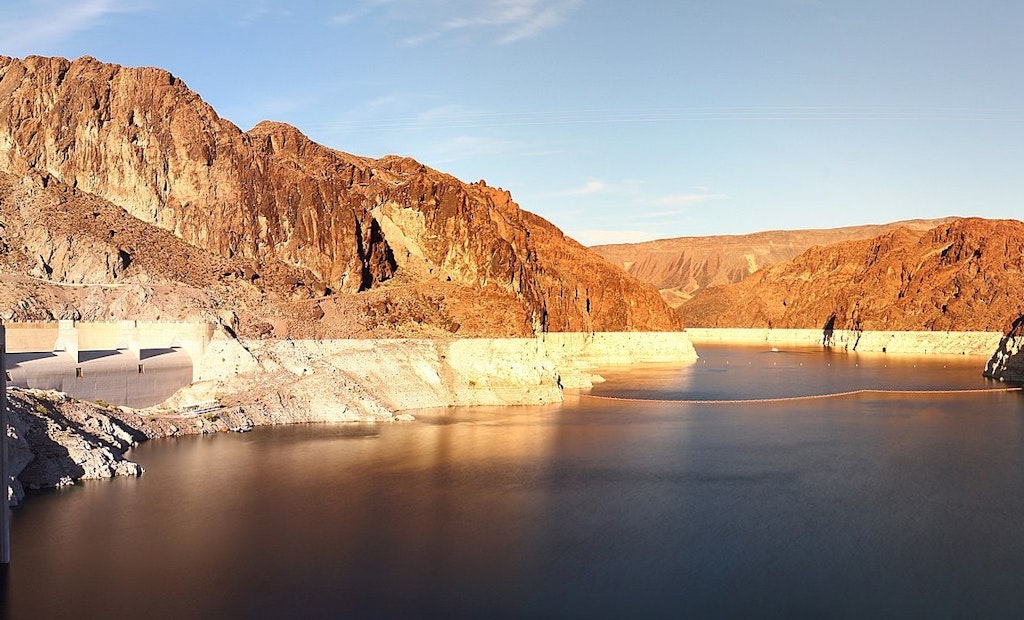A white mineral ring as tall as the Statue of Liberty creeps up the steep shoreline of Lake Mead, a Colorado River reservoir just east of Las Vegas on the Nevada-Arizona border. It is the country’s largest reservoir, and it’s draining rapidly.
With much of the country...






